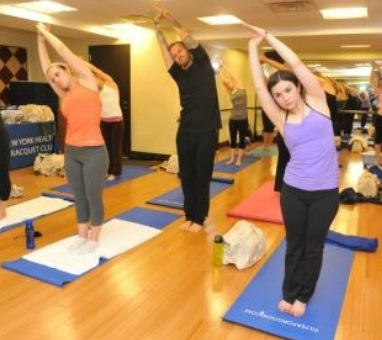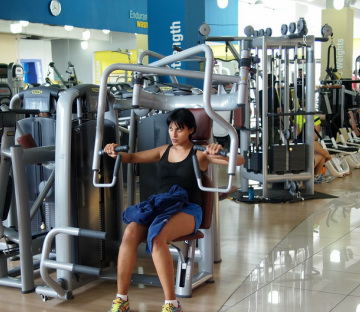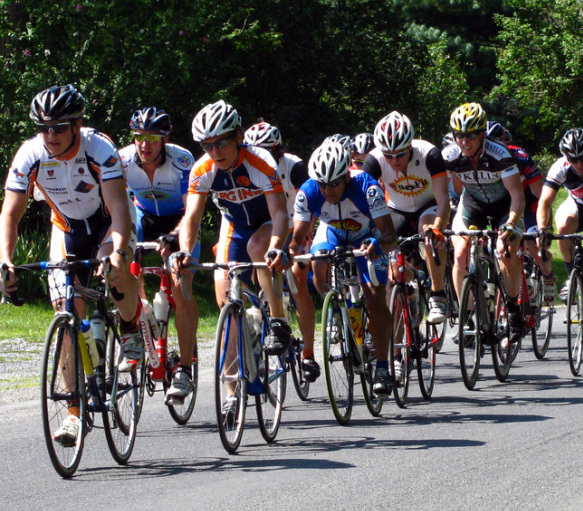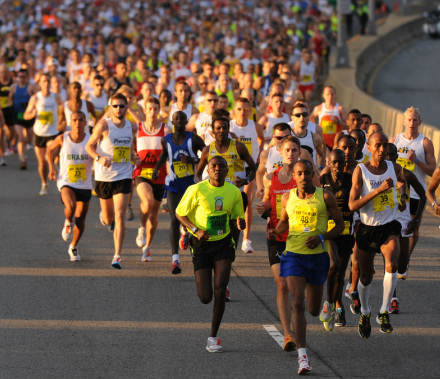LifeNuts Fitness
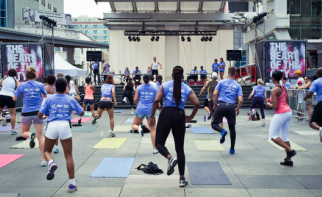
LifeNuts are fit. Period. Fitness supplies energy to handle stressful events, especially the big ones that come when we least expect them. Being fit also means that your chance of developing diabetes, heart disease, and cancer dwindles – when compared to the average overweight American. Tons of studies support this and highlight the need to combine regular exercise with good nutrition.
So, how do I know if I’m fit, you ask. While being fit can vary from one person to another, depending on age, sex, and other variables, an adult BMI in the low 20s is a good indicator of LifeNuts fitness. BMI stands for body mass index and this number is calculated based on height and weight. There are many free BMI calculators on the Internet. The following is the standard adult BMI table:
Below 18.5 = Underweight – Anorexics and some endurance athletes
18.5 – 24.9 = Normal weight – LifeNuts are at the low end (under 22)
25 – 29.9 = Overweight – The majority of Americans
Over 30 = Obese – America’s health epidemic and growing
There are three levels of obesity – minimal, moderate, and morbid. Morbidly obese people, even those in their 20s, almost always have high blood pressure and other health problems. Overweight people have a shorter than average life expectancy. Few centenarians are overweight.
Another, perhaps more important, measurement is your waistline. Men are at risk for cancer, heart disease, and diabetes if their waistline exceeds 40 inches. The number for women is 35. Of course, if you’re a seven-footer, this number might not be realistic. But it applies to most of us. Why is this measurement relevant? Subcutaneous fat, the fat you can pinch on your arms, thighs, and waist is dangerous. But it’s not as dangerous as visceral fat (intra-abdominal fat) that surrounds your internal organs: the kidney, liver, intestines, and pancreas. Scientists aren’t sure of the mechanism but they think that visceral fat produces fatty acids that affect these vital organs.
LifeNuts Fitness Defined
Achieving a high degree of fitness, as LifeNuts have done, involves five areas:
Cardiovascular and pulmonary efficiency. Your heart is a pump – the stronger the better. Same with your lungs. Their job, together, is to distribute oxygen to your bodily cells. The stronger the pump and the lungs, the less it has to work. LifeNuts have a low resting blood pressure of about 120/70. Their pulse, also an indicator of how strong that pump is, ranges from 40-50. Normal adult range is 60-100.
BMI of between 17 and 22. Waistline much, much smaller than 40 inches for men and 35 inches for women. These measurements represent the threshold of high risk for disease. Naturally a person seven feet tall would have a wider waistline than someone 5’2”. You can’t have belly fat and call yourself a LifeNut.
Stamina. Many obese adults have trouble walking up a long flight of stairs. LifeNuts breeze through any endurance test. Walking or running ten miles would not phase a LifeNut. Nor would swimming or bicycling long distances. Their heart and lungs can deliver the goods.
Strength. Anaerobic training – weight lifting basically – burns fat and increases muscular strength, which is something we lose as we age. LifeNuts are strong.
Flexibility. This is probably more important than anaerobic work since many people – the overweight crowd especially – suffer from aches and pains, particularly in the lower back. Stretching muscles, tendons, and ligaments helps to prevent such pain.
Balance. About one in three adults over age 65 fall once a year, often with complications. Stretching and yoga can improve balance and prevent falls.
How to Get There
Aerobics. This is the best way to become fit but it’s also what most Americans dread – because it requires time, dedication, and hard work. LifeNuts put in six or seven hours of intense aerobics each week.
Anaerobic. This type of exercise also burns fat and increases muscle size and strength. There are three types: isotonics (lifting weights or pulling springs or bands), isometrics (stationary force against a wall or floor), and calisthenics (push-ups, sit-ups).
Flexibility. Taking a yoga class is a great way to becoming flexible. Pilates is also good, but it’s more focused on strength than on flexibility. Being flexible often prevents the aches and pains that accompany middle age.
Group exercise. Cicero, the Roman orator and writer, penned the phrase, “Misericordia familitatem amat,” which means misery loves company. Now, I’ll admit that many view physical exercise as agony but they’d feel less inclined to complain about it if they would share the experience with others.
Lifestyle involves choices.
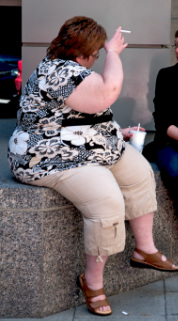
Decide what you want: disease or health.
It's your life.
It's your decision.

